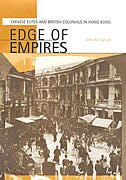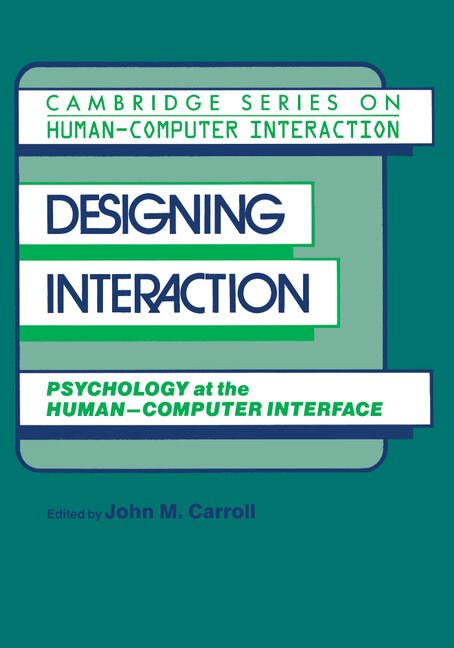
Give the Gift of Choice!
Too many options? Treat your friends and family to their favourite stores with a Bayshore Shopping Centre gift card, redeemable at participating retailers throughout the centre. Click below to purchase yours today!Purchase HereHome
Making Use by John M. Carroll, Paperback | Indigo Chapters
Coles
Loading Inventory...
Making Use by John M. Carroll, Paperback | Indigo Chapters in Ottawa, ON
From John M. Carroll
Current price: $54.00


From John M. Carroll
Making Use by John M. Carroll, Paperback | Indigo Chapters in Ottawa, ON
Current price: $54.00
Loading Inventory...
Size: 1 x 9 x 0.8125
*Product information may vary - to confirm product availability, pricing, shipping and return information please contact Coles
John Carroll shows how a pervasive but underused element of design practice, the scenario, can transform information systems design. Difficult to learn and awkward to use, today's information systems often change our activities in ways that we do not need or want. The problem lies in the software development process. In this book John Carroll shows how a pervasive but underused element of design practice, the scenario, can transform information systems design. Traditional textbook approaches manage the complexity of the design process via abstraction, treating design problems as if they were composites of puzzles. Scenario-based design uses concretization. A scenario is a concrete story about use. For example: A person turned on a computer; the screen displayed a button labeled Start; the person used the mouse to select the button. Scenarios are a vocabulary for coordinating the central tasks of system development—understanding people's needs, envisioning new activities and technologies, designing effective systems and software, and drawing general lessons from systems as they are developed and used. Instead of designing software by listing requirements, functions, and code modules, the designer focuses first on the activities that need to be supported and then allows descriptions of those activities to drive everything else. In addition to a comprehensive discussion of the principles of scenario-based design, the book includes in-depth examples of its application. | Making Use by John M. Carroll, Paperback | Indigo Chapters
John Carroll shows how a pervasive but underused element of design practice, the scenario, can transform information systems design. Difficult to learn and awkward to use, today's information systems often change our activities in ways that we do not need or want. The problem lies in the software development process. In this book John Carroll shows how a pervasive but underused element of design practice, the scenario, can transform information systems design. Traditional textbook approaches manage the complexity of the design process via abstraction, treating design problems as if they were composites of puzzles. Scenario-based design uses concretization. A scenario is a concrete story about use. For example: A person turned on a computer; the screen displayed a button labeled Start; the person used the mouse to select the button. Scenarios are a vocabulary for coordinating the central tasks of system development—understanding people's needs, envisioning new activities and technologies, designing effective systems and software, and drawing general lessons from systems as they are developed and used. Instead of designing software by listing requirements, functions, and code modules, the designer focuses first on the activities that need to be supported and then allows descriptions of those activities to drive everything else. In addition to a comprehensive discussion of the principles of scenario-based design, the book includes in-depth examples of its application. | Making Use by John M. Carroll, Paperback | Indigo Chapters

















